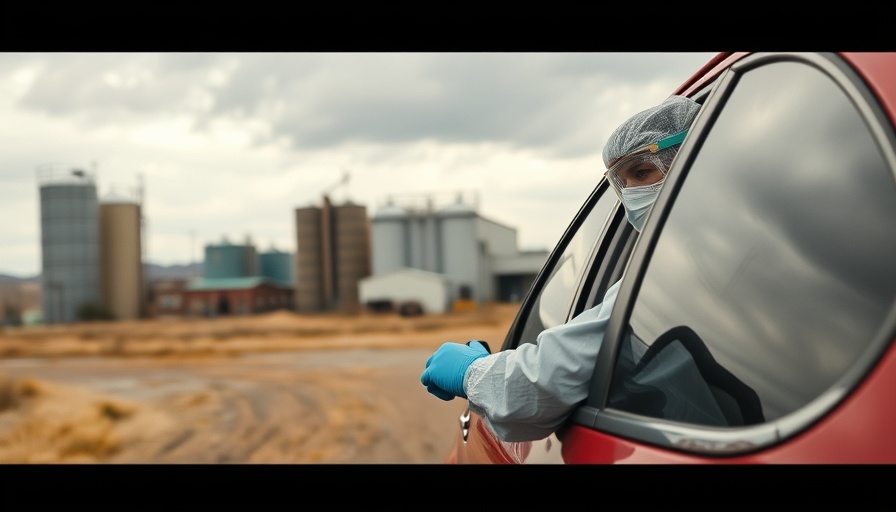
Section of Route 15 Scheduled for Painting: Know Before You Go
As road maintenance crews gear up to improve the safety and appearance of Route 15, Pennsylvania residents and visitors are encouraged to plan ahead. Part of the nearly 15-mile preservation project taking place along this vital corridor includes the application of new lane markings and pavement markers for smoother and safer travel.
What to Expect and When
The Pennsylvania Department of Transportation (PennDOT) has announced that painting operations will commence on Tuesday, affecting a section of Route 15 north, from the York Road exit in Gettysburg to the Hunterstown exit. Travelers should be aware that while the work occurs, right lane closures and traffic shifts will be implemented, both on the main highway and on the adjoining ramps.
The ramp work will necessitate off-ramps shifting slightly northward, bringing them closer to the exit for safety. PennDOT insists that signage will be placed along the route to guide drivers through these changes and to maintain flow amidst the disruptions.
Why This Maintenance Matters
The ongoing preservation efforts on Route 15 aren't just about aesthetics or convenience; they serve a critical function in ensuring the safety of all road users. Properly marked lanes help reduce accidents by providing clear guidance for merging and lane changes. Additionally, as traffic volumes increase, these measures become even more essential.
Interestingly, this preservation project extends to other nearby areas such as Freedom, Cumberland, Mount Joy, and Straban Township, which indicates a broader commitment by PennDOT to enhance travel safety across the region.
Conversing About Community Concerns
It's important to acknowledge that while such projects are needed, they can also be a source of frustration for the local community. Residents often raise concerns over traffic congestion and delays as work takes place. Therefore, open communication from PennDOT about the schedule and scope of work is vital in helping residents deal with the short-term inconvenience for the sake of long-term improvement.
What Locals Are Saying
Community members have expressed mixed emotions regarding the upcoming closures. Some appreciate the improvements and recognize the necessity of routine maintenance, while others are wary about potential traffic disruption. It's clear that improved roadway conditions can lead to more enjoyable travel experiences, but residents hope for minimal disruption.
Tips for Navigating the Changes
For those who use this stretch of Route 15, consider the following tips to navigate around the painting project effectively:
- Plan your route: Consider using alternative routes or off-peak hours when traffic is lighter.
- Stay informed: Keep an eye on local news updates regarding construction timelines or unexpected delays.
- Drive cautiously: Observe new traffic signs erected in the zone and stay aware of changing road conditions.
Final Thoughts: Preparing for the Future
The upcoming work on Route 15 represents a vital step in maintaining Pennsylvania’s infrastructure. While such projects may cause temporary inconveniences, their contribution to safer travel conditions is paramount. Residents and travelers alike are encouraged to be patient and informed as these enhancements take place. Such precautions and improvements ensure that future journeys across this area will be both safer and more efficient.
As the painting work begins, remember to stay alert and flexible with your travel plans! The benefits of improved road safety are worth the temporary adjustments.
 Add Row
Add Row  Add
Add 




Write A Comment